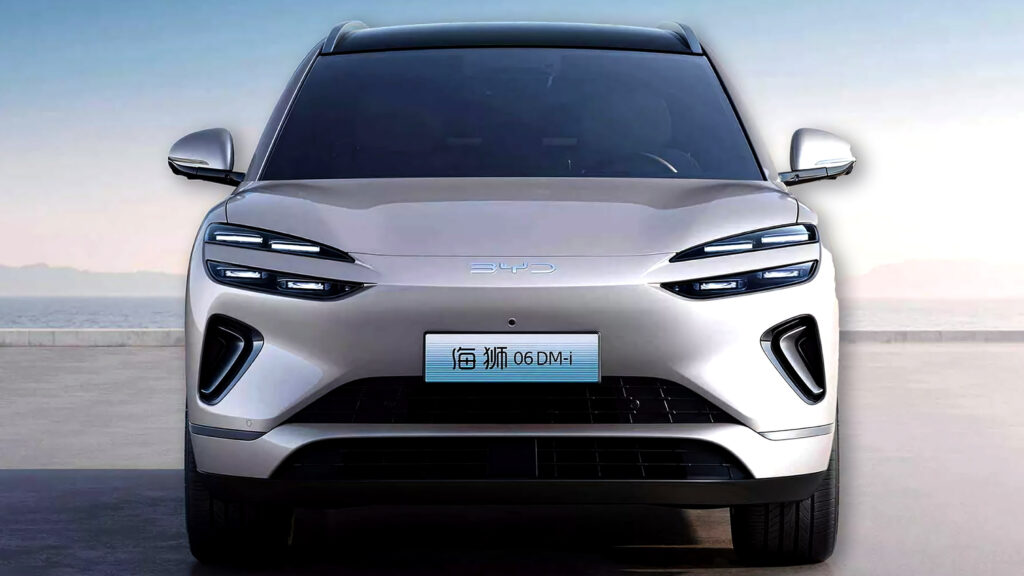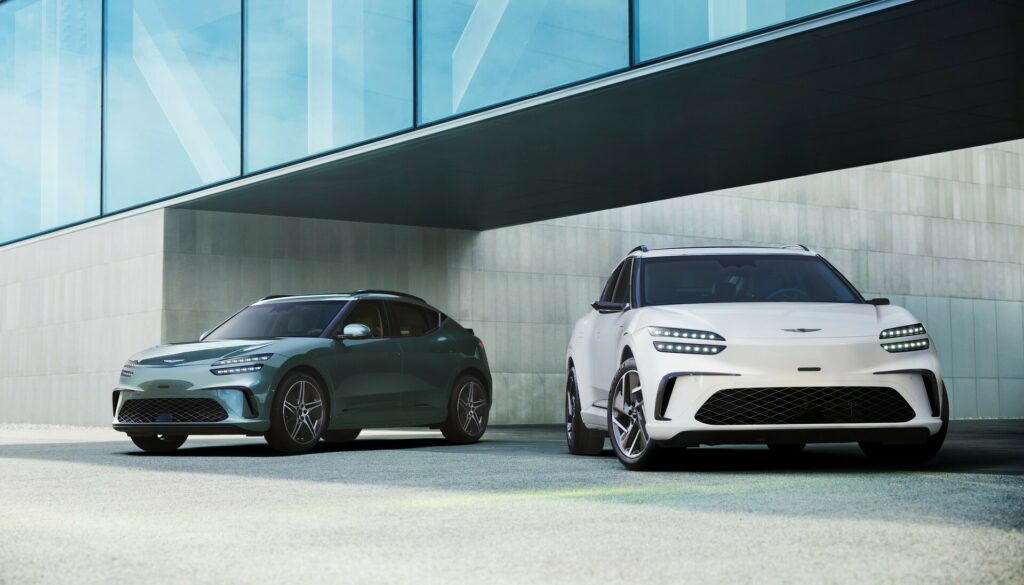- GV90 is the production version of the Neolun concept from last year’s New York Show.
- The electric SUV will likely ride on Genesis’ new eM platform with 800V fast charging.
- Some versions of the GV90 may feature Rolls Royce-style rear-hinged coach doors.
Breaking into the luxury SUV scene isn’t for the faint-hearted, especially when the playing field is packed with legacy heavyweights ranging from Cadillac, BMW and Mercedes-Benz, to Bentley and its ultra-premium peers. But Genesis, the premium division of the Hyundai Motor Group, thinks it has what it takes to stand out. And it’s not just talking big; it’s building big too.
More: Everything We Know About The 2026 Jeep Cherokee
To make that point even clearer, it is putting the finishing touches on the GV90, its most ambitious electrified SUV to date. Recently spotted in public testing, this flagship SUV looks nearly ready for primetime. With the camouflage only hiding so much, here’s what we know so far.
Kerbside Opulence
Illustrations Josh Byrnes / Carscoops
You’d be right in thinking you’ve seen this somewhere before, as the GV90 was previewed as the Neolun concept at last year’s New York International Auto Show. Unlike many show cars watered down for production, this one has largely stayed the course.
Visually, the GV90 comes in well over five meters long and makes no attempt to hide its size. The front is defined by twin horizontally stacked LED light strips flanking a large, crest-shaped panel. Those lighting elements continue just behind the front fenders, tracing the edge where the clamshell hood meets the front doors. Below, a layered chrome pattern decorates the lower front bumper, with additional brightwork running along the rocker panels and wrapping around the rear of the vehicle.
The bodywork avoids harsh creases or busy design tricks, instead relying on clean surfaces and sheer presence to sell the design. Some variants of the GV90 will be available with Rolls Royce-style coach doors, and the two-tiered LED lighting theme upfront repeats within the taillight clusters in the name of continuity.
A Luxury Outlook
Inside, the GV90 emphasizes luxury and comfort. Spy shots reveal four individual massaging seats, with the second row separated by a substantial center console equipped with cup holders, an inductive mobile phone charger, and a large infotainment display.
Read: What We Know About Mercedes-AMG’s 1,000 HP Super Electric SUV
Up front, expect a colossal pillar-to-pillar OLED instrument cluster and infotainment display, wireless phone connectivity and a host of convenience features to keep up with the Benz’s. Buyers are said to be able to spec the GV90 with radiant heating and an electrochromic glass roof that can block out the sun in multi-configurable ways. A full suite of level 2 semi-autonomous driving aids will be available.
An Ohm Run
SHProshots
While it was initially believed that the GV90 might ride on Hyundai’s existing E-GMP platform, shared with models like the Ioniq 5 and Kia EV9, recent reports suggest that Genesis is finishing work on a new, exclusive platform called eM. This advanced 800V architecture supports ultra-fast charging, allowing the GV90 to recharge from 10 to 80 percent in about 20 minutes when connected to a 350-kW DC fast charger.
All-wheel drive will likely come standard, with an electric motor on each axle delivering a combined output of nearly 500 horsepower (368 kW) in base models, with higher figures expected in flagship trims. The GV90 is expected to use a 99.8-kWh battery pack, offering an estimated range of over 300 miles per charge. Larger battery options may also be available, pushing that range even further.
More: Everything We Know About Mazda’s Next-Gen CX-5 Hybrid
Vehicle-to-grid (V2G) and vehicle-to-load (V2L) technology will enable the premium SUV to be a backup power source for homes and electronic devices. Additionally, the GV90 will feature electronically controlled dampers and an advanced torque-vectoring system to optimize traction and handling.
Rivals and Debut
Genesis is aiming straight at the top of the luxury EV market, with the GV90 positioned to take on a growing field of high-end electric SUVs. Key rivals could include the Mercedes-Benz EQS SUV, Cadillac Escalade IQ, Volvo EX90, BMW iX, and the Lucid Gravity, each bringing its own mix of performance, tech, and brand prestige to the table.
An official debut was originally expected sometime this year, but recent reports out of Korea suggest the timeline has shifted. The reveal may now happen in late 2026, with production scheduled to begin at Hyundai’s dedicated EV facility in Ulsan, South Korea.
Would you consider a full-size electric Genesis over the usual suspects from Germany, America, and beyond? Let us know in the comments.











